Choosing the Right Scheduling Tool: A Comprehensive Guide

Introduction
Group scheduling tools have become indispensable for enhancing team coordination and ensuring smooth operations. These tools offer a convenient solution to the hassle of back-and-forth emails and scheduling conflicts. Imagine having a single dashboard where you can oversee all your team’s appointments and events.
Modern scheduling software provides this convenience and more. One standout feature is the automated reminder system that proactively notifies team members about upcoming commitments, reducing no-shows and last-minute scrambles. By integrating these tools with existing calendars, everyone stays on the same page and can adapt to changes in real-time.
Additionally, the ability to analyze time logs and budget allocation helps maintain productivity and financial discipline within projects. Whether you’re managing multiple projects or running a small business, the benefits of using scheduling tools are equally compelling. These tools save time by automating the booking process and offer visibility through content calendars, leading to better engagement and streamlined marketing efforts.
Manual scheduling methods like Excel spreadsheets can’t keep up with the complexity of modern production planning, making the adoption of scheduling software crucial for enhanced operational performance and customer satisfaction.
Benefits of Using Scheduling Tools
Group scheduling tools are indispensable for enhancing team coordination and ensuring smooth operations. By leveraging these tools, you sidestep the hassle of back-and-forth emails and minimize scheduling conflicts. Imagine having a single dashboard where you can oversee all your team’s appointments and events. That’s the convenience offered by modern scheduling software.
One standout feature is the automated reminder system that proactively notifies team members about upcoming commitments, thus reducing no-shows and last-minute scrambles. Integrating these tools with existing calendars ensures that everyone is on the same page and can adapt to changes in real-time. Furthermore, the ability to analyze time logs and budget allocation helps maintain productivity and financial discipline within your projects.
For those managing multiple projects, adopting a tool like GanttPRO, which has been praised for its resource workload feature, can be a game-changer. It allows for efficient allocation of tasks, ensuring that no team member is overwhelmed with work. This is crucial for maintaining a balanced workload and preventing burnout.
In the realm of small businesses, the benefits are equally compelling. Time-saving is a key advantage as these tools automate the booking process. This automation is not just a convenience; it significantly cuts down the time spent on scheduling and rescheduling appointments, allowing businesses to focus on their core activities. Moreover, the visibility offered by content calendars, including optimal posting times for social media, can lead to better engagement and streamlined marketing efforts.
As the business landscape evolves, it’s clear that manual scheduling methods like Excel spreadsheets can’t keep up with the complexity of modern production planning. With the right scheduling software, operational performance is enhanced, directly impacting the bottom line through improved efficiency and customer satisfaction.
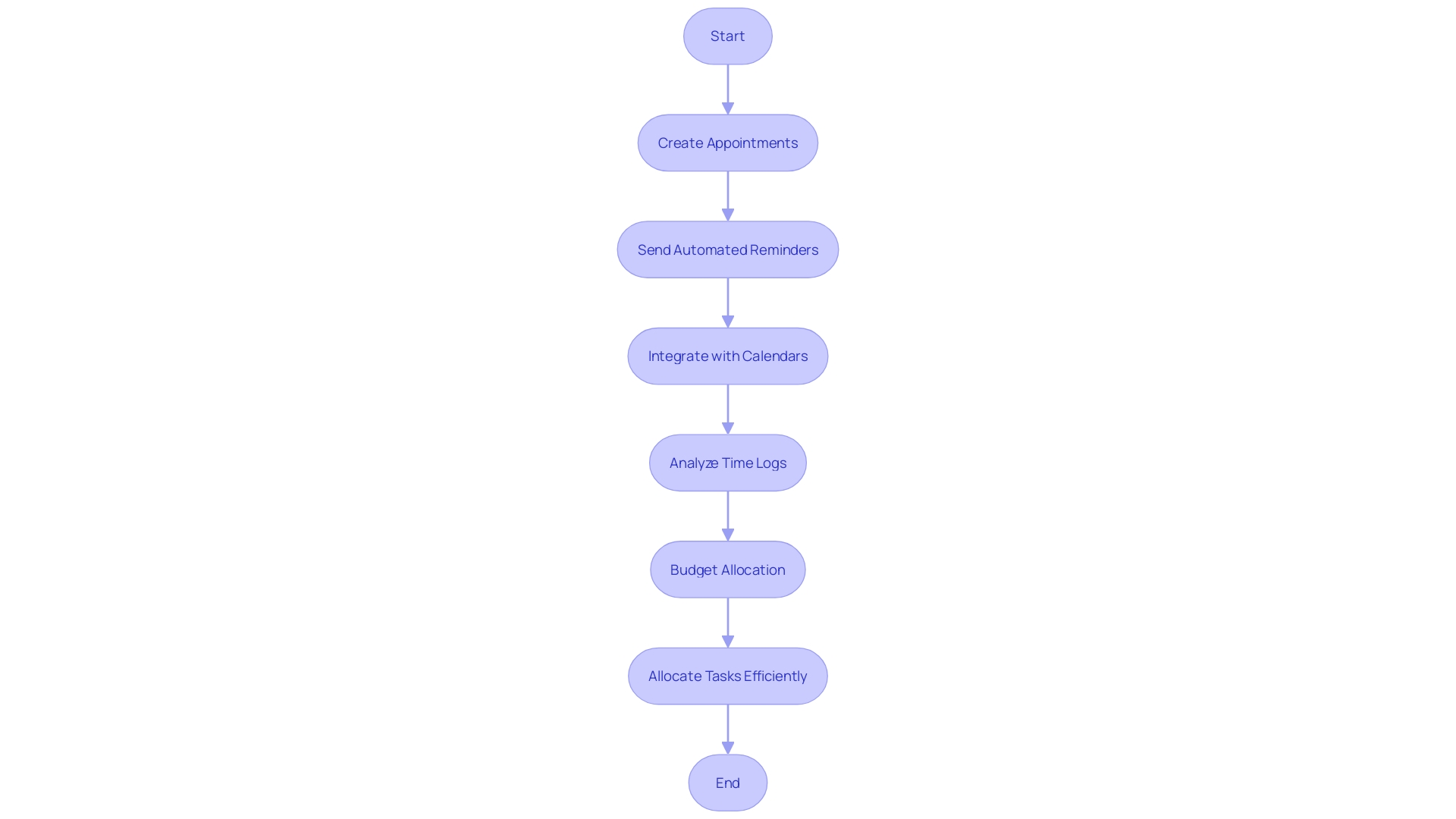
Key Features to Look for in a Scheduling Tool
Navigating the diverse landscape of calendar scheduling options can certainly be a task. Whether you’re part of a bustling multinational enterprise, a dynamic NGO, or a savvy sole proprietor, there’s a plethora of choices to sift through. The trick is finding a tool that not only aligns with your organizational needs but also enhances your scheduling workflow with ease and precision.
Key features are the heart of a great scheduling tool. Seamless calendar synchronization is a must-have, ensuring that all your events and appointments are up-to-date across every platform you use. Customizable notifications keep you and your team alert to upcoming commitments, while recurring event creation simplifies the planning of regular meetings or activities.
But it’s the integration capabilities that often tip the scales. A scheduling tool that plays well with your existing email clients and project management software transforms into a powerful ally in your productivity arsenal. User-friendly interfaces are the cherry on top, making navigation a breeze for users of all tech levels.
And let’s not forget the freedom to manage your schedule on the go! Mobile accessibility is no longer a luxury but a necessity in our fast-paced world. Add to that the ability to support multiple users, and you’ve got a tool that’s not just a scheduler but a collaborative platform for your entire team.
In this bustling market, products like Cal.com and Acuity Scheduling have made their mark, catering to a wide range of users from individuals to large organizations. With construction project management software like GanttPRO becoming increasingly popular for its user-friendly visual scheduling and the capacity to prevent delays, it’s clear that the right scheduling tool can make a significant difference in operational efficiency.
As we delve into the features and functionalities of these contenders, remember that the goal is to find a solution that not only meets your immediate scheduling needs but also supports your long-term operational strategy.
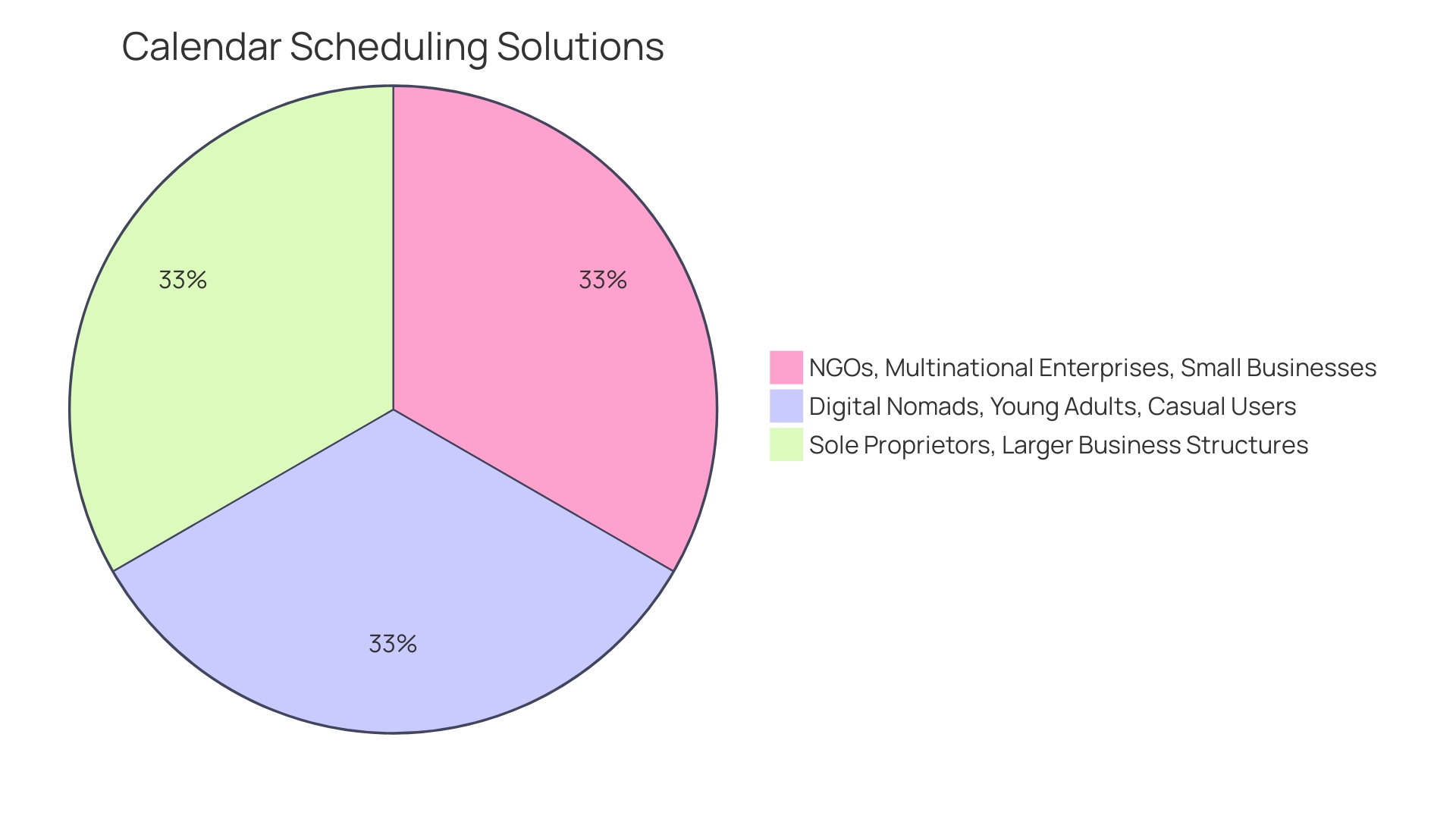
Identifying Your Business Goals and Requirements
Zeroing in on the perfect group scheduling tool for your team or event can be akin to finding a needle in a haystack. With a plethora of solutions tailored to various audiences from NGOs and corporate giants to freelancers and hobbyist groups, the task can seem daunting. Yet, whether you’re coordinating internal team meetings or need to manage appointments with clients, pinpointing your exact needs is the key to unlocking the right fit. For instance, if you’re a sole proprietor or part of a larger organization, the features you’ll look for might differ significantly. It’s all about understanding the scale, nature, and intricacies of your scheduling demands. Your quest might resonate with those who have outgrown basic spreadsheets or are dissatisfied with current tools. But fret not, because this article is designed to guide you through the selection process, laying out options and insights to ensure the scheduling solution you choose is not just a good match, but the perfect ally for your operational efficiency.
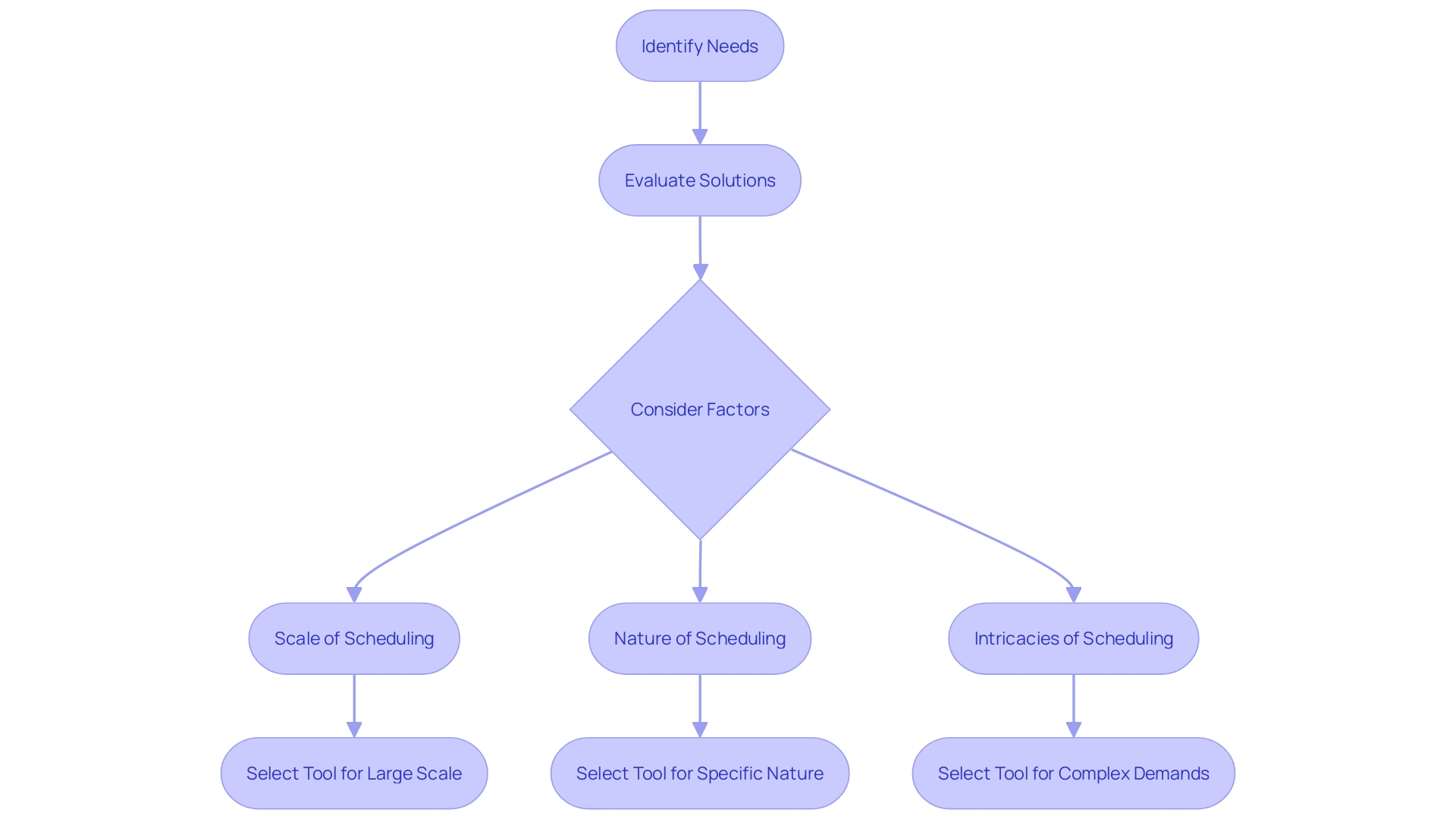
Evaluating Flexibility and Scalability
Selecting the right scheduling tool is like picking a trusty sidekick for your growing business. It’s all about finding that perfect match that not only understands your current needs but also has the foresight to scale with you, no matter the pace of your expansion. Picture a scheduling solution that effortlessly accommodates more users, complex timetables, and seamless system integrations, like a chameleon adapting to new colors. This adaptability ensures a smooth journey for your business, eliminating the need to jump ship to a new tool down the line. The story of Calendly, which grew from a single user to a thousand in just six months, illustrates the potential of starting with a robust platform that can support rapid growth. Similarly, ScheduleJS offers a framework that promises to evolve with your project, providing strong support from the get-go. As the business landscape evolves, so should your tools. A solution that scales with you is like a sapling planted today, envisaging the sturdy tree it will become – ready to weather the future’s storms.
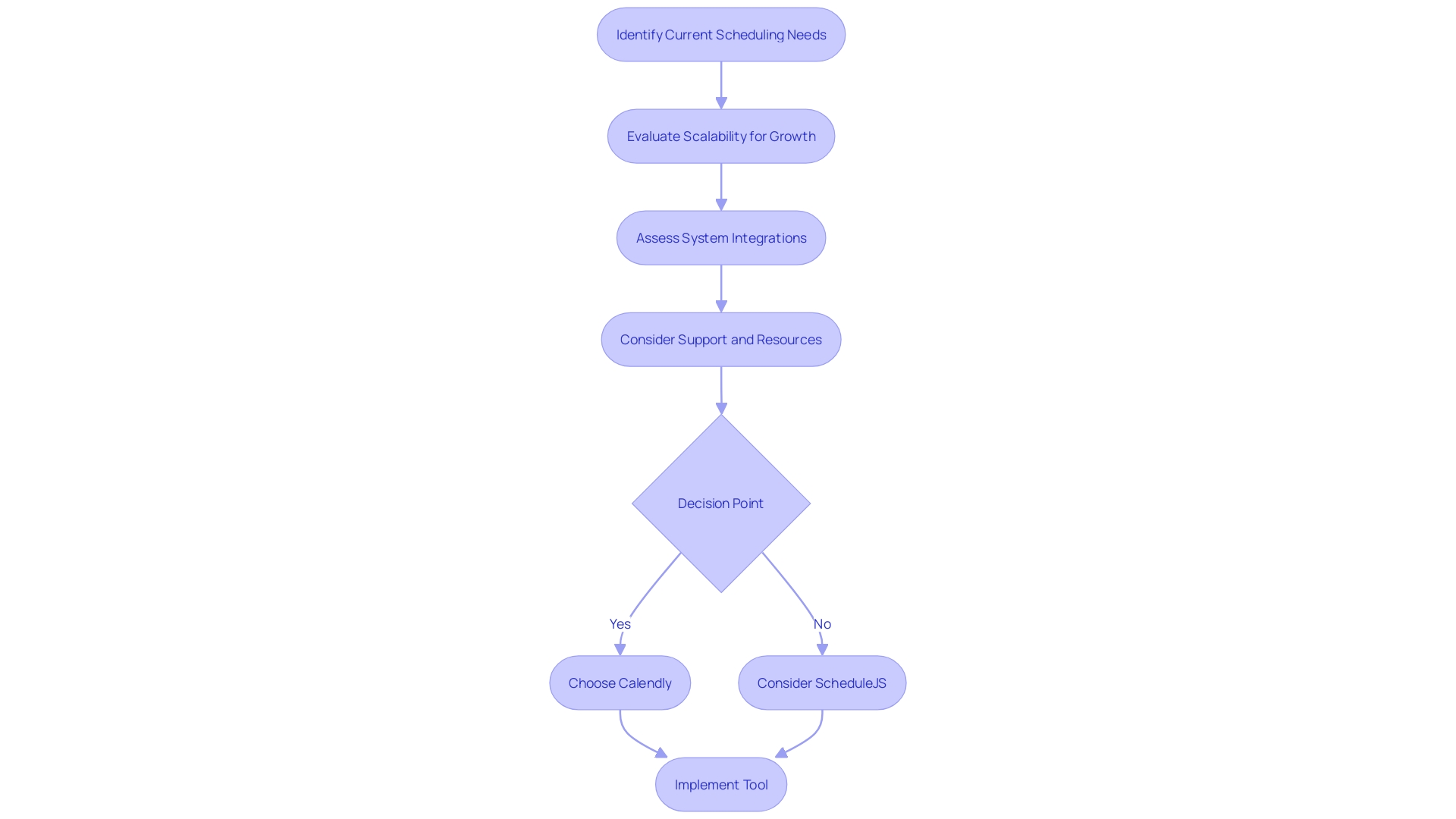
Assessing Vendor Reputation and Customer Support
Choosing the perfect scheduling tool can be a game-changer, especially when you’re looking at the sea of options out there. It’s more than just picking a product; it’s about partnering with a vendor that stands behind their software with passion and support. Think about Rippling, for instance. With a sprawling user base, they needed an AI agent solution that wasn’t just about ticking boxes but genuinely resolving complex, time-sensitive queries. The leap from a decision-tree model to a more dynamic, scalable support system is a testament to the importance of choosing a vendor that evolves with your needs.
Just ask Harshita from G2 or John Thomas at Ty Inc.—they’ll tell you that product quality and customer experience go hand in hand. The vendor’s reputation is crucial, as a good one often translates to quality products and proactive customer service. It’s about looking for those who not only listen to user feedback but act on it, releasing updates that make your day-to-day operations smoother.
Consider the insights from EIN Presswire, which emphasize the significance of features like issue tracking and resource management. These are not just buzzwords; they’re the tools that keep your projects on track and your teams in sync. So when you’re sifting through the multitude of scheduling apps, remember: the right vendor should offer a solution that’s not just a good fit for today but can also adapt to the ever-evolving landscape of your business needs.
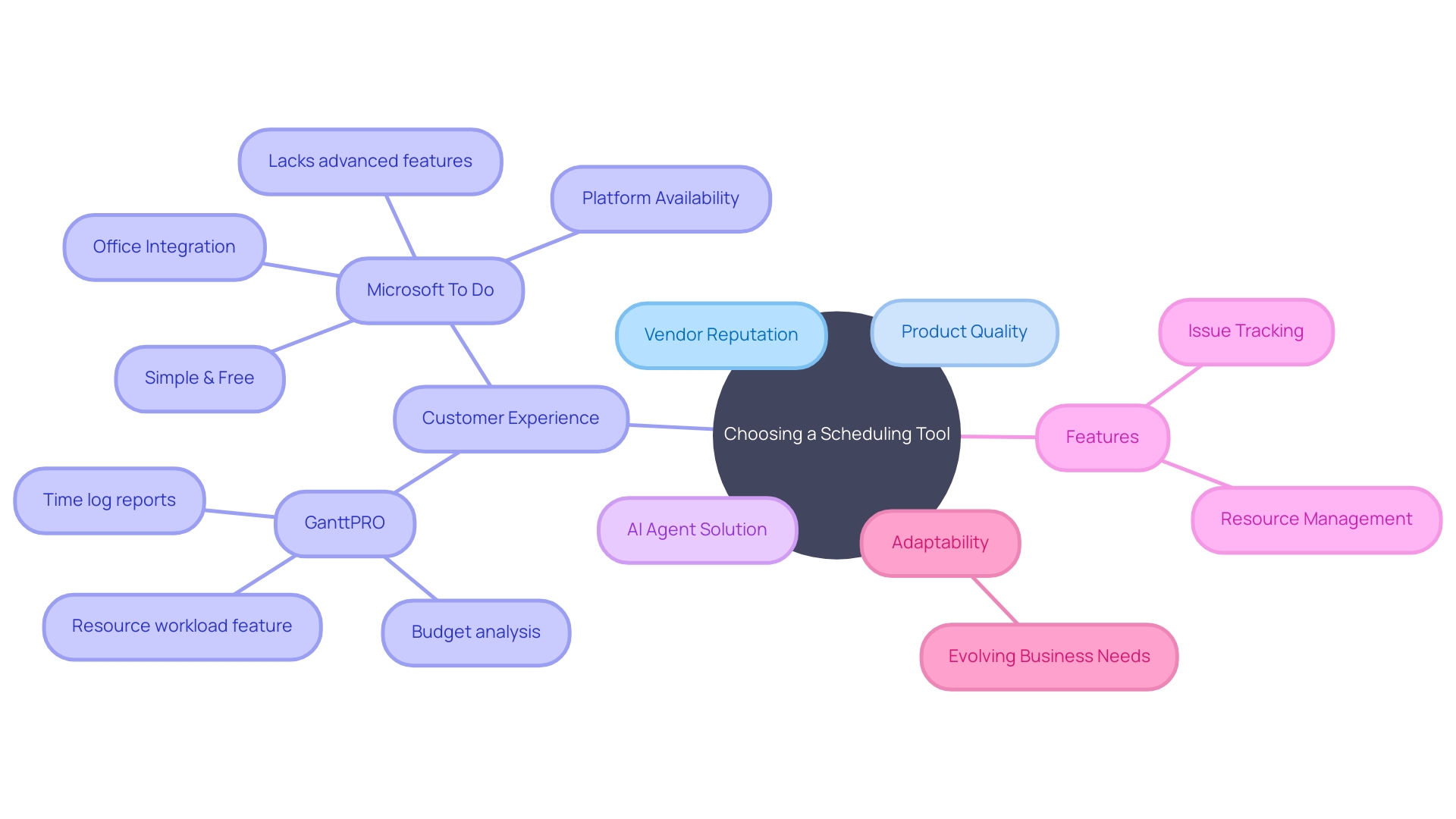
Integration and Compatibility with Other Tools
When it comes to enhancing operational workflows and boosting productivity, the right scheduling tool can make all the difference. It’s essential to choose a solution that not only meets your immediate scheduling needs but also integrates seamlessly with your existing software ecosystem. Consider a tool like Schedule, known for its dynamic and interactive Gantt charts, which can update in real-time to adapt to project changes. This level of interactivity is invaluable for project managers who need to adjust plans on the fly and keep schedules accurate.
Modern scheduling tools should be able to communicate with your email clients, CRM systems, and project management platforms. An integrated system ensures that all components work together harmoniously, creating a streamlined experience across various devices and operating systems. For instance, GanttPRO becomes particularly useful in construction project management for its powerful visualization capabilities on Gantt charts, helping to prevent delays and improve project tracking for teams with diverse technical backgrounds.
The selection of a scheduling tool is not just about functionality; it’s about finding the right fit for your organization’s structure and the demands of your projects. With 39% of projects failing due to poor planning, the importance of a well-structured project schedule cannot be overstated. Utilizing advanced scheduling solutions, such as those that offer customizable calendars, can aid in visualizing timelines and managing resources effectively. The goal is to ensure that every team member, irrespective of their role, can access and understand the project schedule, fostering better collaboration and time management. After all, spending just 10 minutes a day on planning can save up to two hours of work, making the choice of a scheduling tool a strategic decision that impacts daily productivity and stress management.
Ease of Use and User Experience
Choosing the right scheduling tool can feel like searching for a needle in a digital haystack, especially with the plethora of options that cater to every imaginable need. From large corporations to the digital nomad with their laptop as their office, the right tool can make all the difference. Imagine a platform where simplicity meets functionality, where the interface is so intuitive that anyone, regardless of their tech savviness, can jump right in without stumbling over a steep learning curve.
Such a tool should not only be accessible but also customizable, allowing you to infuse your own brand’s identity into its framework. It’s about finding that sweet spot where the tool fits so seamlessly into your workflow that it feels like it was made just for you. The adoption of this tool by your team hinges on this positive user experience—when they find the tool enjoyable to use, they’re more likely to integrate it into their daily routine.
Consider the success story of 3Bookers, an innovative scheduling platform that arose from the frustration with the lack of affordable, user-friendly options. It now stands as a testament to the power of a tool that’s easy to use yet robust enough to serve diverse industries. Or take Calday, a versatile scheduling companion that promises to streamline the chaotic dance of appointments and tasks we all perform.
In the sphere of scheduling, a tool that stands out is one that not only provides the basic functionalities but also goes the extra mile to ensure that every interaction with it is a breeze. So, when you’re weighing your options, think about the tool that doesn’t just schedule your time but does so with an elegance that makes managing your day a pleasure rather than a chore.
Customization and Branding Options
In the vibrant world of group scheduling tools and apps, standing out is essential. Customization and branding are more than just aesthetic choices; they’re a reflection of your company’s identity and values. With dynamic JavaScript Gantt charts, for example, you can offer real-time updates and interactive features that align with your brand’s innovative spirit. Tools like ScheduleJS provide this level of dynamism, crucial for modern project management.
Imagine a scheduling tool that’s as unique as your business. Take inspiration from the React component called Planner, developed for enhanced control and flexibility, or the visually appealing dark mode introduced in DHTMLX Scheduler’s latest version. These features show how customization can transform user experience. They allow you to embed your brand’s logo and color scheme, ensuring that every interaction with your scheduling tool is an extension of your brand identity.
Moreover, the ability to customize notifications and reminders is like giving your brand a voice. As highlighted by experts, personalization is the new frontier in customer engagement. With scheduling software that lets you tailor communication to your brand’s tone, you’re meeting your customers on their preferred channels, adding a personal touch to their experience.
Remember, a scheduling tool that echoes your brand’s style and ethos can not only improve user recognition but also enhance the overall professional image of your business.
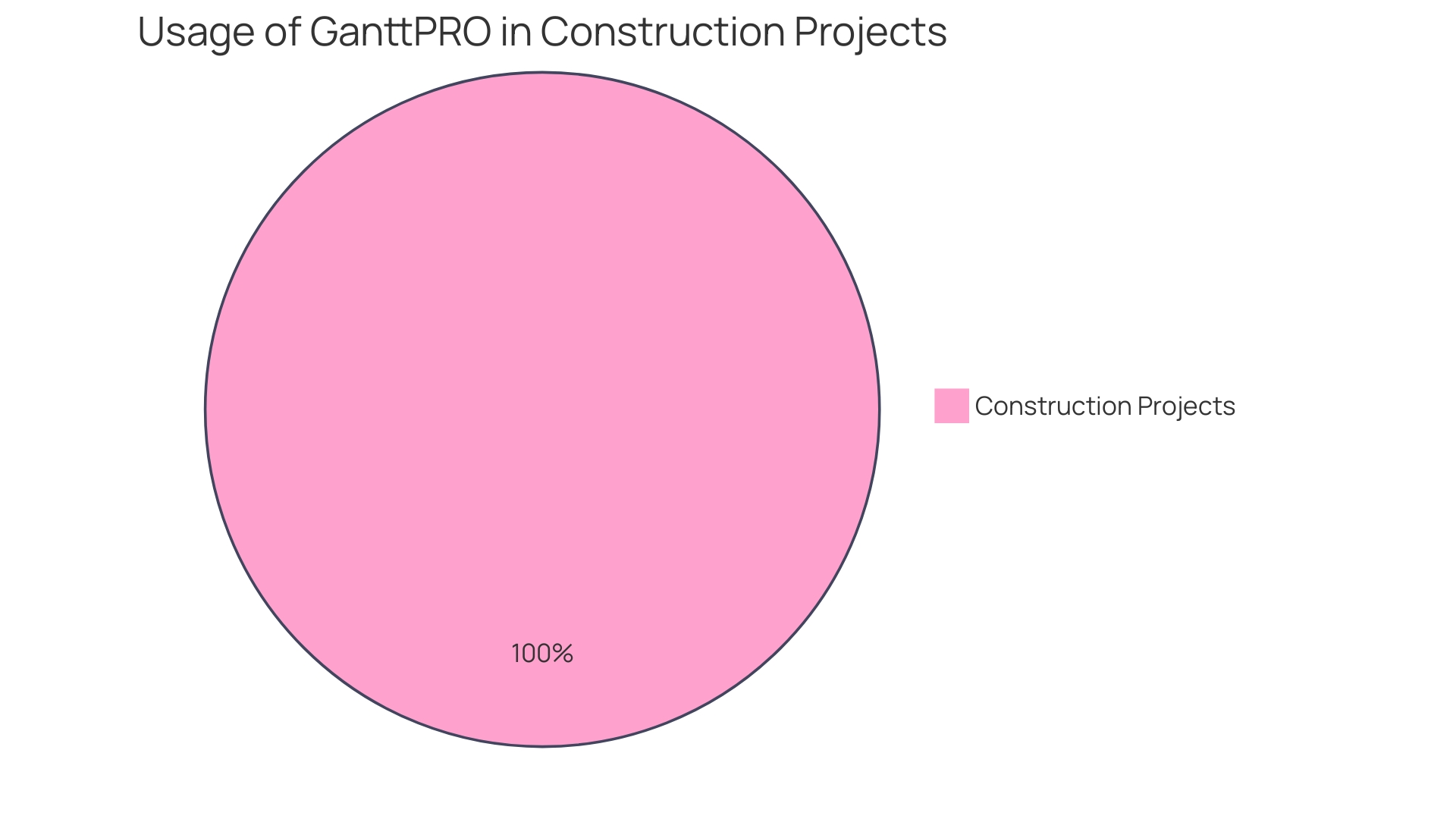
Payment Processing and Financial Management
When it comes to managing appointments and financial transactions, having a scheduling tool that integrates with leading payment gateways isn’t just convenient, it’s essential. Imagine a tool that not only streamlines appointment bookings but also takes care of payment processing securely. Think of it as a digital assistant that ensures customers can pay easily while you maintain a clear overview of your finances. Look for capabilities such as invoicing, billing, and comprehensive financial reporting to really make the most of your scheduling tool. It’s all about saving time, reducing effort, and delivering a smooth experience for your customers.
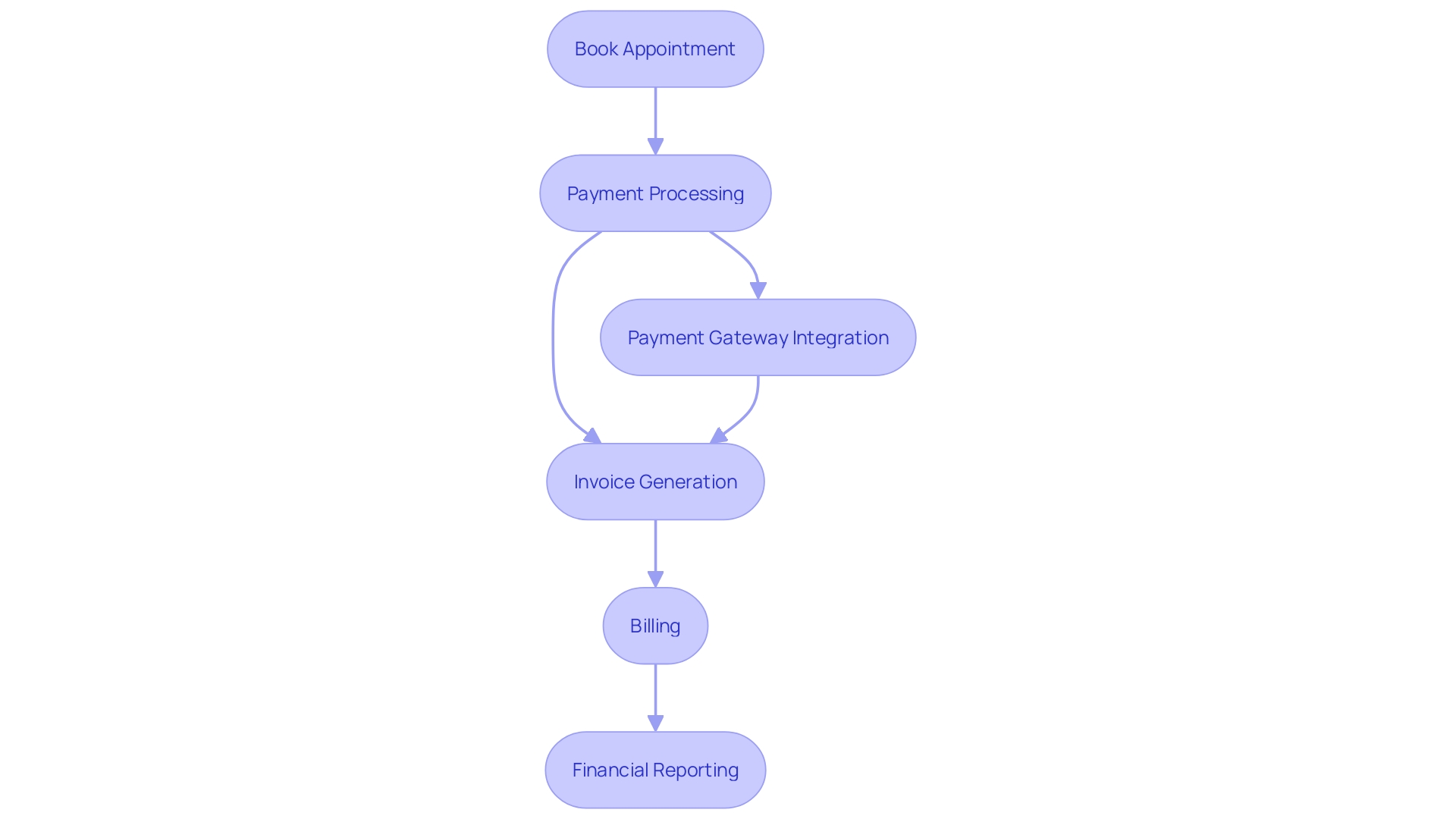
Analytics and Reporting Capabilities
Harnessing the power of analytics and reporting is like having a crystal ball for your business, allowing you to peer into the intricacies of your operations and make smarter, data-driven decisions. Consider Spotify’s journey; they’ve grown from a music streaming platform to a formidable presence in the podcasting industry, amassing over 574 million users. Their foray into video podcasts saw engagement soar, but it wasn’t just about expanding content—it was about understanding what works. This is where advanced analytics and reporting shine, providing a lens into appointment trends, resource utilization, and customer behaviors.
For instance, using tools like Mux, which Spotify employed to refine their video podcasts, businesses can dive into quality of experience analytics, helping them to tweak their offerings for maximum impact. Just as Spotify made its data actionable, operational leaders can leverage similar insights to streamline scheduling processes. By interpreting vast amounts of data in real-time, companies can recalibrate their strategies on the fly, optimizing for efficiency and customer satisfaction.
Big data isn’t just big; it’s complex and fast-moving, propelled by the proliferation of AI and IoT. As we swim in this digital ocean, business intelligence tools become not just useful, but essential. They convert data into insights, illuminating the path to operational excellence. And these insights aren’t just numbers; they tell a story about your business, one where every chapter is an opportunity for improvement and innovation.
Remember, embracing these capabilities isn’t just a strategic move—it’s a competitive necessity. It’s about staying ahead in a game where the rules are written by data. So as you select your scheduling tools, aim for those that not only manage appointments but also offer a window into the soul of your operations, allowing you to anticipate, adapt, and achieve with the confidence of data on your side.
Security and Compliance Considerations
Choosing the right scheduling tool is more than just about the features that make booking appointments a breeze; it’s also about keeping that data locked down tight. When it comes to customer information and appointment specifics, the stakes are high. That’s why it’s critical to pick a scheduling system that doesn’t just meet your business needs but also wraps your data in a security blanket.
Let’s talk encryption. It’s like giving your data a secret handshake that only you and your scheduling tool understand. Role-based access control? That’s your digital bouncer, deciding who gets into the VIP section of your data club. And regular security audits are like health check-ups for your system’s defense mechanisms.
Now, depending on the nature of your business, you might need to play by certain rules. If you’re operating in Europe, GDPR is the name of the game. If healthcare is your playground, then HIPAA’s the rulebook you need to follow. Making sure your scheduling tool is compliant with these regulations isn’t just a nice-to-have; it’s a must to keep your operations smooth and your conscience clear.
Imagine you’re running a vast network of healthcare facilities like Pyramid Healthcare, juggling sensitive patient data across multiple systems, or you’re at the helm of a law firm like Laurel, where every billable minute counts. In these high-stakes environments, a reliable and secure scheduling tool doesn’t just give you peace of mind—it’s essential for maintaining trust and integrity.
So, while you’re weighing the pros and cons of Cal.com versus Acuity Scheduling or any other contenders, remember that security isn’t a feature—it’s the foundation. Opting for a secure scheduling tool safeguards your business, protects your customers, and ensures the privacy and integrity of your operations.
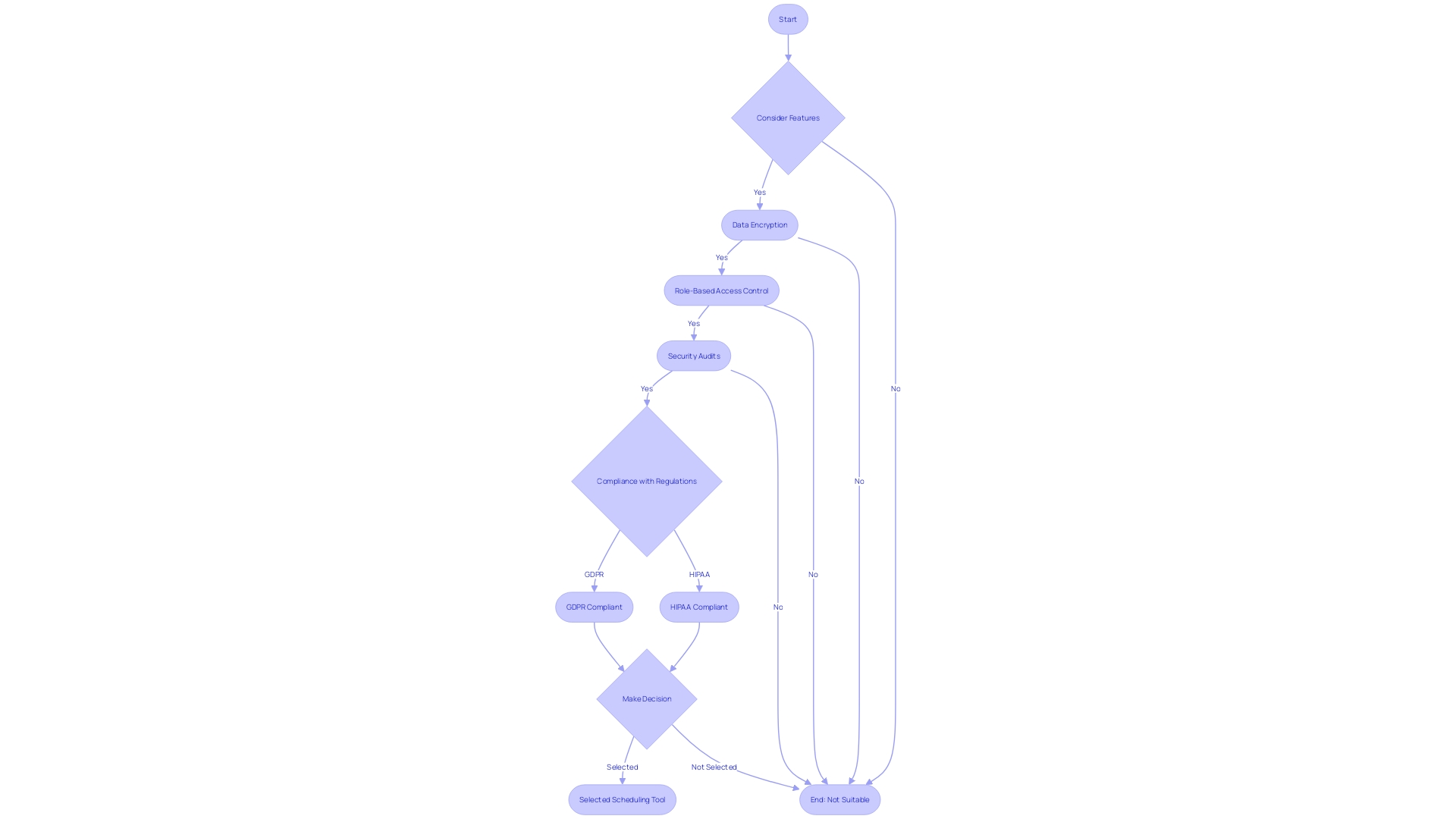
Cost and Value Analysis
Selecting the right group scheduling tool isn’t just about the sticker price—it’s about the true value it brings to your business. When weighing options, dive deeper than the upfront cost. Ponder over the rich features, the responsiveness of customer support, and the promise of saving your team precious time. The pricing model deserves a close look too. Does a monthly subscription make sense or is a one-time purchase more in line with your financial planning? A thorough cost-benefit analysis will spotlight the tool’s worth in the long haul and its potential to boost your return on investment. As the landscape of workplace management evolves, with companies like VOSS Solutions at the helm offering advanced analytics to master Unified Communications costs, the need to manage expenses smartly has never been more pressing. In a market teeming with products tailored from nonprofits to multinationals, and digital nomads to enterprises, your perfect match in scheduling solutions is out there waiting to transform how you coordinate and plan events.
Case Studies and Examples of Effective Implementation
Seeing real-world applications of scheduling tools can illuminate their value for your business, much like how Twinkl, an educational publishing company, transformed their project management. They embraced Toggl Track to tailor their marketing campaigns to diverse curriculums and demographic needs, boosting productivity and employee satisfaction while banishing inefficient time management.
Similarly, Your Mates Brewery in Australia leveraged Beer30 to navigate the complexities of operating a small brewery, integrating inventory and scheduling systems to save substantial labor costs. They unlocked the power of data to forecast material needs more accurately, a move that proved financially savvy.
Another compelling example is the use of Dynamon, a SaaS tool that enabled a company to revamp its scheduling approach, reaping significant economic advantages. By simulating schedules and understanding the impacts on staff, they found a sweet spot for operational success and vacation planning.
These cases are bolstered by the understanding that production planning and scheduling are fundamental to operational efficiency. As highlighted in recent news, the right tools can prevent costly downtimes and ensure continuity in manufacturing processes. For instance, GanttPRO has become highly sought-after in construction for its visual scheduling capabilities, which are critical to preventing project delays.
When exploring scheduling solutions, it’s important to consider the various features they offer. From shift swapping to timesheet management, the key is to find the right fit for your organization’s unique needs, as underscored by eLearning Industry’s guide on employee scheduling software.
In the quest for operational excellence, time management statistics are telling: a mere 10-minute daily planning session can save two hours of worktime. Yet, 82% of people lack a proper time management system, leading to nearly half of the workday spent on low-value tasks. The strategic implementation of employee scheduling software is more than a convenience; it’s a transformative tool that can drive your business forward and give you a competitive edge.
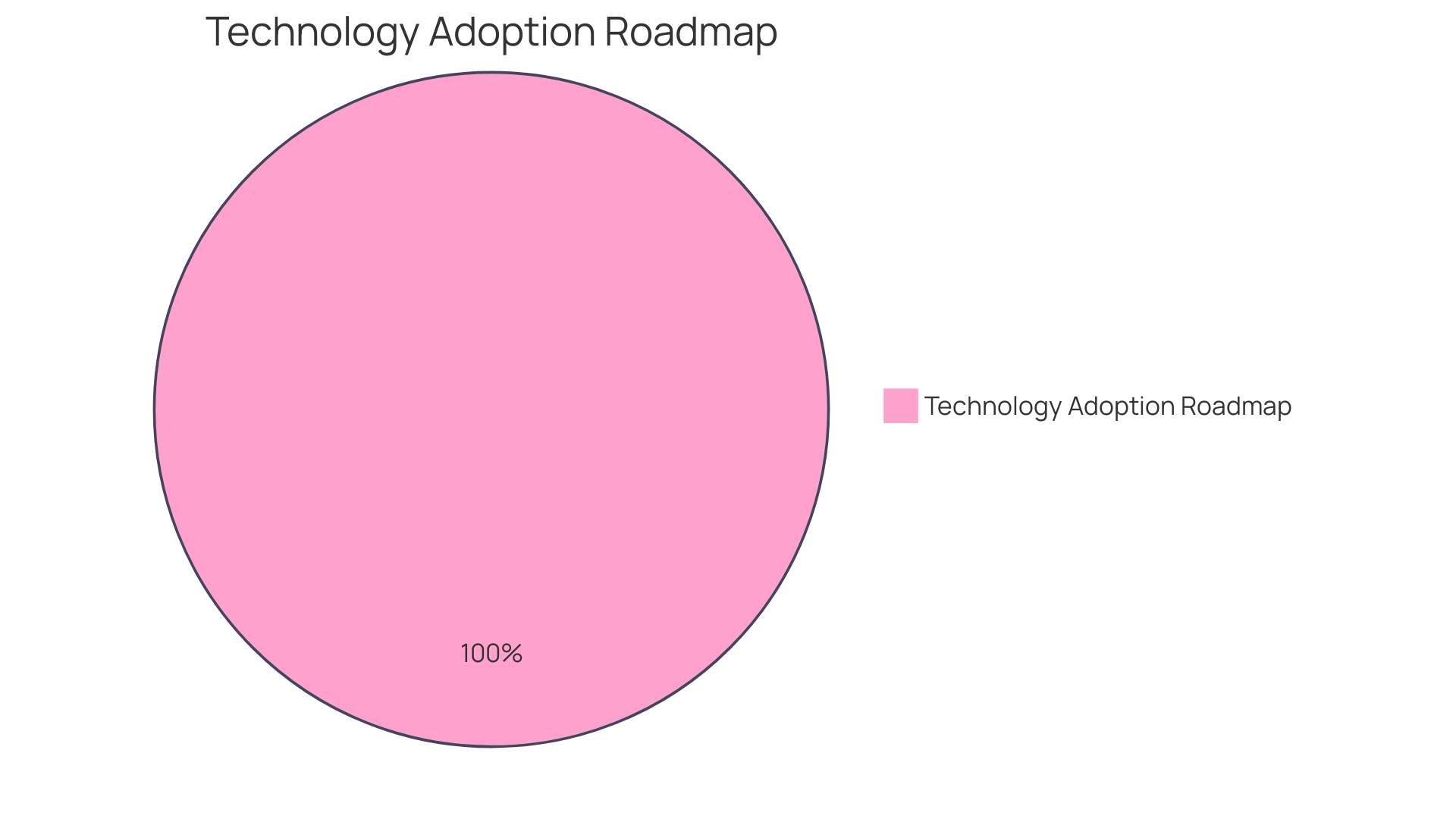
Conclusion
Group scheduling tools have become indispensable for enhancing team coordination and ensuring smooth operations. These tools offer a convenient solution to the hassle of back-and-forth emails and scheduling conflicts. With a single dashboard, you can oversee all your team’s appointments and events, thanks to modern scheduling software.
One standout feature is the automated reminder system that proactively notifies team members about upcoming commitments, reducing no-shows and last-minute scrambles. Integrating these tools with existing calendars ensures that everyone is on the same page and can adapt to changes in real-time. Additionally, the ability to analyze time logs and budget allocation helps maintain productivity and financial discipline within projects.
Whether you’re managing multiple projects or running a small business, the benefits of using scheduling tools are equally compelling. These tools save time by automating the booking process and offer visibility through content calendars, leading to better engagement and streamlined marketing efforts. Manual scheduling methods like Excel spreadsheets can’t keep up with the complexity of modern production planning, making the adoption of scheduling software crucial for enhanced operational performance and customer satisfaction.
When selecting a scheduling tool, key features such as seamless calendar synchronization, customizable notifications, and integration capabilities with existing email clients and project management software are crucial. User-friendly interfaces and mobile accessibility ensure a smooth user experience. Customization and branding options allow you to infuse your own brand’s identity into the tool, enhancing recognition and professional image.
Security and compliance considerations should not be overlooked when choosing a scheduling tool. Encryption, role-based access control, and regular security audits ensure the privacy and integrity of your operations. Compliance with regulations such as GDPR and HIPAA is essential for protecting customer information and appointment specifics.
Cost and value analysis is essential in selecting the right scheduling tool. Look beyond the upfront cost and consider the rich features, responsiveness of customer support, and potential time savings. Real-world case studies and examples demonstrate how scheduling tools can enhance productivity, save costs, and drive operational success.
In conclusion, group scheduling tools offer convenience, efficiency, and improved coordination for teams and businesses. By adopting the right scheduling software, you can streamline operations, enhance productivity, and achieve better customer satisfaction. Evaluate your needs, consider key features, and find the perfect scheduling tool that aligns with your organization’s goals and requirements.
Streamline your team’s coordination and adapt to changes in real-time with our scheduling tool.
